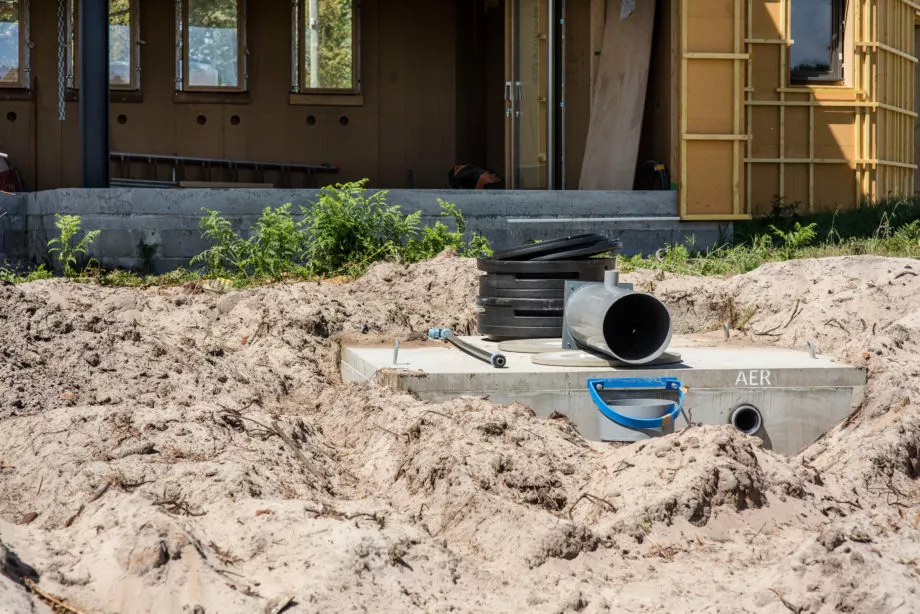What is a sanitation diagnosis?
The sanitation diagnosis is one of the property diagnoses that must be carried out when selling a property that is not connected to the mains drainage system.
When a property is sold, the law requires regular checks on the sanitation facilities. The non-collective sanitation diagnosis therefore makes it possible to assess the capacity of an individual dwelling to treat its own wastewater. It also ensures that the discharge of wastewater from these dwellings does not pollute the environment. Sanitary and environmental standards are at the heart of this type of diagnosis, thus guaranteeing optimal protection of local aquatic resources.
Our experts are there to support you from A to Z, from the installation of your non-collective sanitation system to the completion of the sanitation diagnosis. With their experience, they can advise you on the best practices to adopt to keep your system in good condition and avoid costly repairs in the long term.
By taking into account the specific features of your home and the particularities of your land, our specialists offer you a tailor-made solution. Their expertise ensures that you not only comply with the legislation, but also actively contribute to the protection of the environment. Thanks to their sound advice, you can extend the lifespan of your installation.

The collective sanitation diagnosis
Unlike the non-collective sanitation diagnosis, there is no specific legislation that provides for the verification of the state of the sanitation installation of a collective housing. In other words, unlike the non-collective sanitation diagnosis, the collective sanitation diagnosis is not expressly mandatory. This creates some confusion as to whether or not a collective sanitation diagnosis is mandatory.
The lack of a clear national legal basis for collective sanitation diagnoses largely explains why there are no systematic sanctions for not carrying out such diagnoses. This situation creates disparity between municipalities, with some having strict rules and others being more lax when it comes to the control of collective sanitation installations.
When a collective sanitation diagnosis is carried out, its main purpose is to verify that collective facilities, such as sewers and treatment plants, are functioning properly and comply with current environmental standards. This diagnosis includes checking for leaks, proper management of rainwater and adequate treatment of wastewater.
The results of this diagnosis are essential for planning maintenance or improvement work on existing infrastructure. By identifying potential flaws or malfunctions, communities can take proactive action to ensure better protection of the environment and public health. For example, undetected leaks could contaminate water tables, while poor rainwater management could cause local flooding. By ensuring proper maintenance, these risks are significantly reduced.
In conclusion, the sanitation diagnosis, whether non-collective or collective, plays a crucial role in the preservation of public health and the environment.
Whether your installation is individual or collective, it is crucial to understand the importance of these diagnoses. Our experts are there to guide you through the entire non-collective sanitation process, ensuring not only legal compliance but also the durability and efficiency of your sanitation system.

